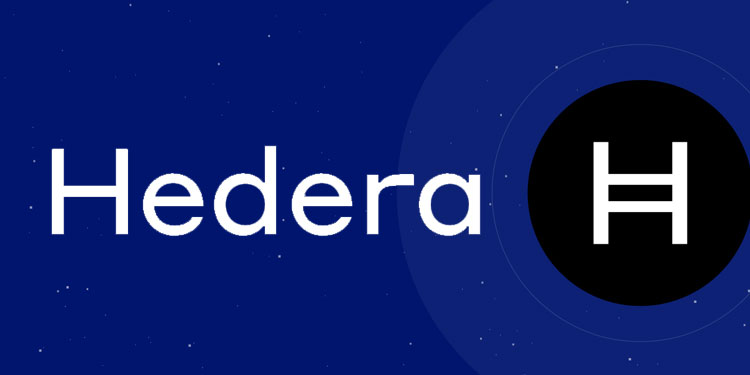In a recent research report titled, “Investigating the Failure of the Blockchain Technology and Suggested Recommendations,” researchers at UAE’s Zayed University have conducted an in-depth exploration of blockchain technology’s strengths and weaknesses. The report, led by Professor Ala’ Al Hilal, emphasizes the potential of Hashgraph, the consensus algorithm underlying the Hedera network, as a superior alternative to traditional blockchain technology for both public and private applications.
Comparative Analysis Reveals Hashgraph’s Unique Approach
The research delves into the comparison between Hashgraph and traditional blockchain platforms, highlighting the fundamental differences in their approach and structure. While blockchain relies on a linear chain of blocks, Hashgraph employs a Directed Acyclic Graph (DAG) for recording transactions, utilizing a consensus algorithm for validation. Both distributed ledger technologies (DLTs) maintain decentralization, with each node possessing a ledger copy and sharing any alterations.
Speed, Efficiency, Fairness, and Awareness Examined
The research evaluates speed, efficiency, fairness, and awareness factors between blockchain and DLT solutions. In terms of speed, Hashgraph outperforms traditional blockchains, processing approximately 500,000 transactions per second through the Gossip method, in contrast to some blockchain networks that can manage only around 10,000 transactions per second. The efficiency of Hashgraph is highlighted by its avoidance of block creation, relying solely on events.
Enhanced Fairness and Transaction Ordering
Addressing fairness concerns, the report notes that blockchain users can select the orders they wish to process or halt, potentially leading to inequities. Hashgraph employs a different approach, randomly allocating nodes and utilizing consensus time stamping to enhance transaction ordering effectiveness while preventing interference.
Ala’ Abu Hilal, the lead researcher, explained, “The primary motivation behind my research was to explore decentralized technologies and their potential applications for enhancing the security and scalability of decentralized applications. Thus, I chose Hashgraph specifically for its unique consensus mechanism, high throughput capabilities, and notable features.” He expressed plans for future research to deepen the understanding of Hashgraph’s applications and implications.
Hashgraph’s Potential to Surpass Blockchain
The research paper concludes that Hashgraph has the potential to supersede traditional blockchain platforms. Anticipating widespread success without necessarily replacing existing technologies, Hashgraph’s patented algorithm, superior scalability, and faster consensus mechanism are projected to overcome many of the shortcomings associated with blockchain.
Kamal Al Youssefi, commenting on the Zayed University research report, affirmed, “This research report backs up what we know to be true about the advantages of Hedera’s DLT.” He further emphasized the Hashgraph Association’s efforts in the MENA region, supporting startups, government, and enterprise projects with funding, technology, and business advisory services.
In Closing
As the research sheds light on the promising potential of Hashgraph, the DLT landscape may witness a transformative shift, with Hashgraph emerging as a powerful substitute to traditional blockchain technology. The research findings indicate a growing consensus on Hashgraph’s superior capabilities, offering a glimpse into the future of decentralized technologies.
